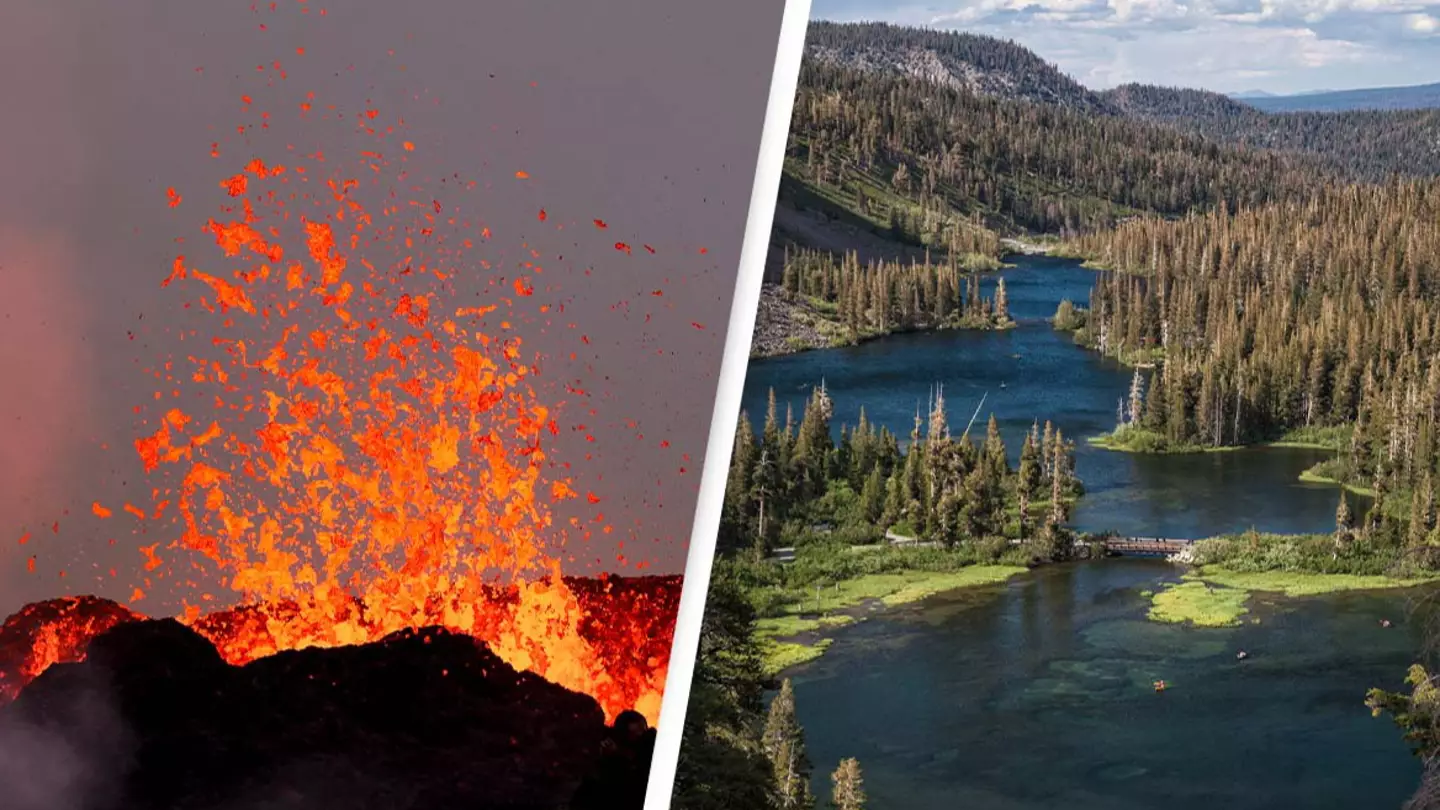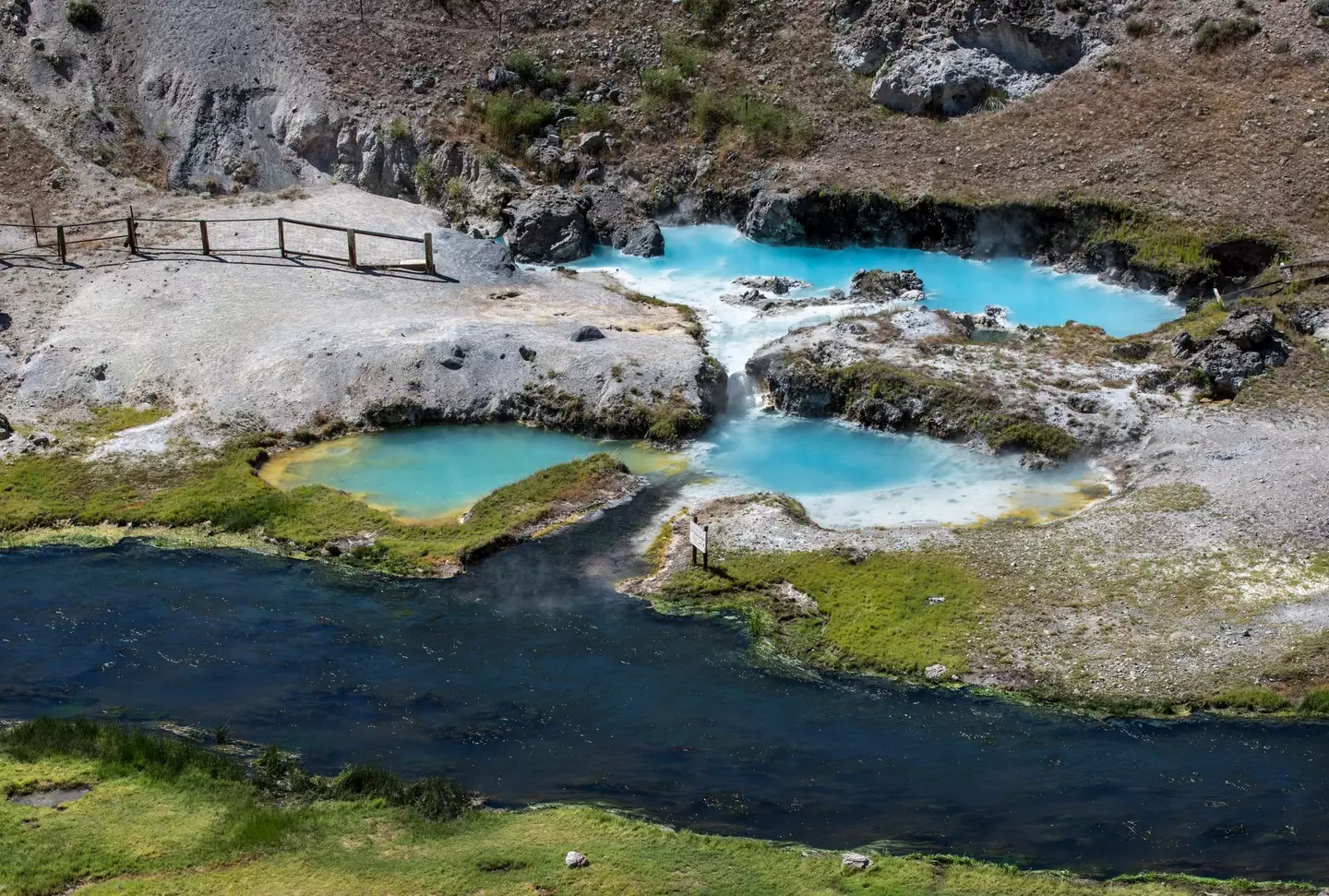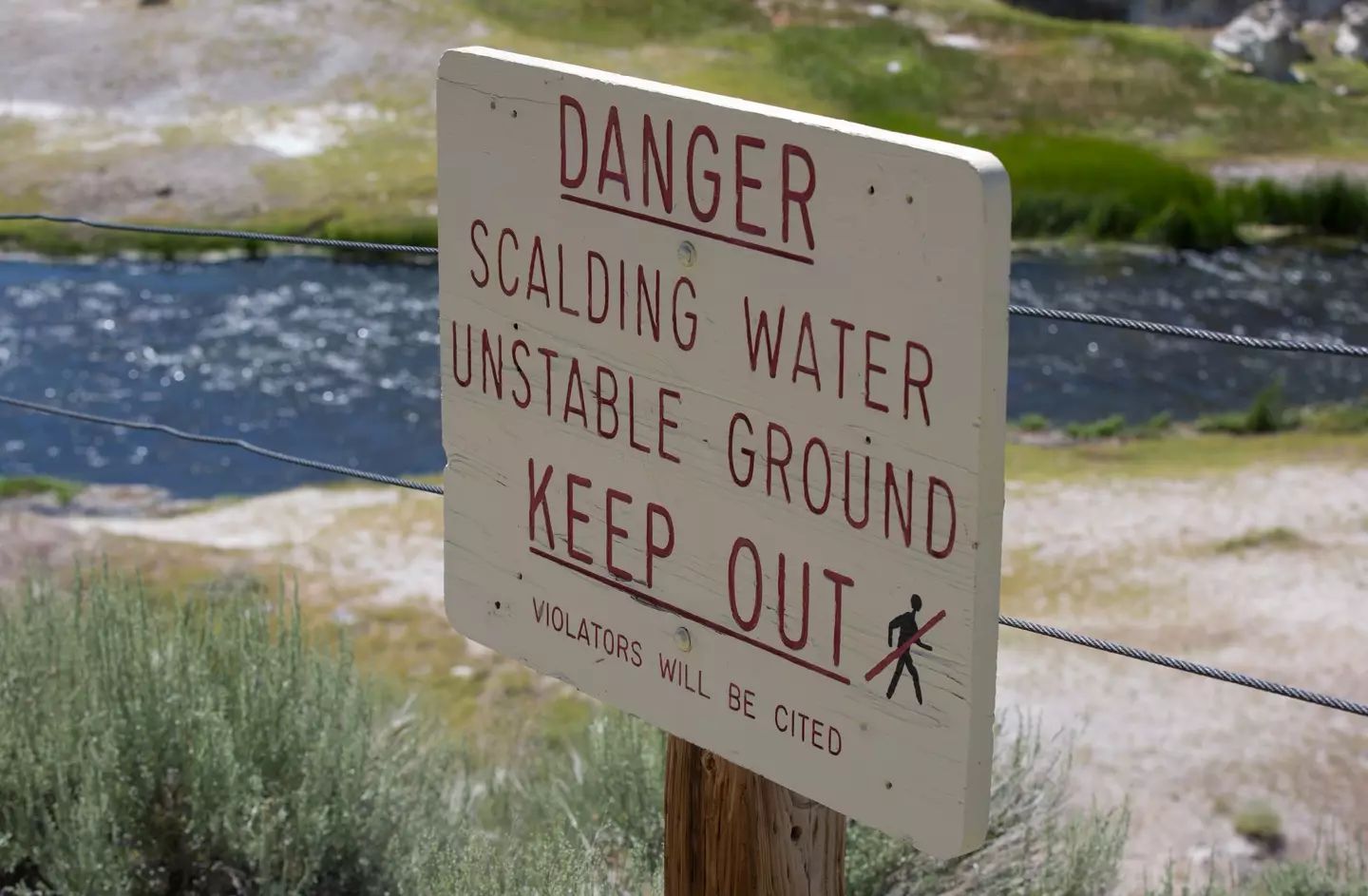
A huge volcano in California may erupt in the not-so-distant future.
The Long Valley Caldera (which is located around 40 miles away from Yosemite Valley) has had notable geological changes and seismic activity in recent years, as per a new study.
It sits adjacent to Mammoth Mountain and measures a whopping 20 miles long by 11 miles wide.

In fact, such activity is said to have caused as many as 2,000 earthquakes. Many of these were too small to be felt by people, however.
Advert
But some have been more noticeable; including four magnitude six quakes occurring in 1980.
And earthquakes are often seen as a precursor for a potential eruption.
The Long Valley Caldera was created approximately 760,000 years ago following a super-eruption that blasted 140 cubic miles of magma that covered most of eastern California.
While scientists have concerns about a pending volcanic eruption, you'll be pleased to know any that might happen any time soon won't be as big as the one that occurred hundreds of thousands of years ago.

Zhongwen Zhan, a Caltech professor of geophysics and a study co-author, said: "We don’t think the region is gearing up for another supervolcanic eruption, but the cooling process may release enough gas and liquid to cause earthquakes and small eruption."
Advert
As well as the volcano cooling rather than heating up, something that's thought to be saving thousands of Americans of impending doom is the volcano's magma chamber being covered by a hardened lid of crystallized rock.
The 'lid' is around five miles below the surface is created as a result of fluids and gases cooling down in the area.
But whether the Long Valley Caldera is active or not remains a topic of discussion between scientists.

According to The Los Angeles Times, some believe that it's moribund (basically dead), and the increased seismic activity is being generated by fluids that aren't magma but are still hot and moving to the surface as the magma cools and solidifies.
Advert
In fact, in 2018, another team of researchers discovered 240 cubic miles of magma sitting beneath the supervolcano.
In a bid to confirm if there is magma below the surface or not, apparently Zhan and his colleagues plan on taking better images of the magma chamber to further work out if the supervolcano really does pose a threat to Central California or not.